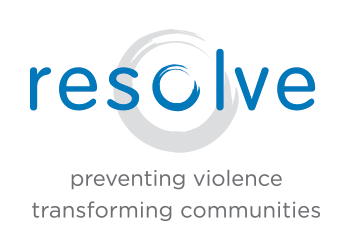A theme often discussed in parenting and social worker circles is that though we may be motivated to always be kind and helpful, at times our children/clients actually may be better helped by hearing a boundary set than by a kind word. For those new to either arena, this can be confusing because the whole reason they decided to have kids/help was to offer more compassion to the world!
Yet setting boundaries is part of creating community. Setting boundaries appropriately is not about punishment – it is about maintaining and improving relationships.
If I say something that strikes a friend a little off, I expect him/her to tell me so I know not to do it again. I would be absolutely mortified if I found out that I’d been doing something for 6 months that significantly bothered a friend. I think most of us would. Yet, we have very little way of knowing what we’re doing without getting some feedback.
In our classes, we teach students how to give effective feedback to others about how we want to be treated. It can range from, “I feel upset when you borrow my car without asking. I need you to ask first” to “I’m really enjoying spending time with you, but I’m not ready for that” to nonverbal cues like putting one’s hands up.
My friend may be simply learning about what works for me; however, it may also be something s/he learns about the world. When I set boundaries, I am not “schooling” my friend about how s/he should treat people – a lecture probably wouldn’t be very well received! However, if s/he hears a boundary from me and from a few other people in a way s/he can hear, s/he might change his/her approach.
The physical skills we teach can be taken in a similar vein. The perpetrator is always responsible for his actions and must be held accountable; change always has to originate with him. IMPACT has programs that also work on primary prevention and changing social norms. However, if an assailant does attack me, he will quickly learn that I am not okay with being treated that way.
For whatever reason, the assailant believes that it’s okay to treat people harmfully; by multiple people clearly communicating that it’s not okay — or by one person demonstrating it forcefully — perhaps that impression may unravel.
It’s up to all of us to set social norms. Ultimately, I cannot control another person’s thoughts or actions. But hopefully setting boundaries for myself, and by each of us setting our boundaries with each other, we can change the accepted status quo. This can be a part of making our community better for everyone.
